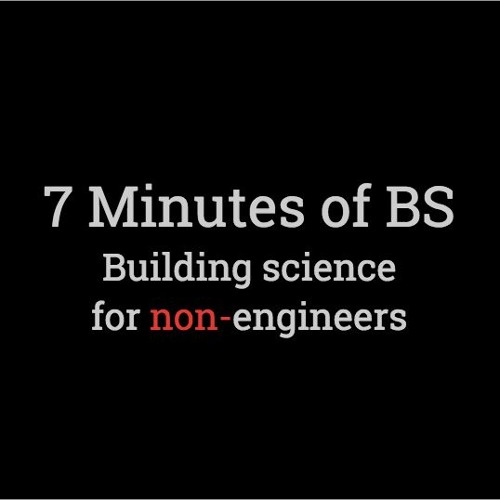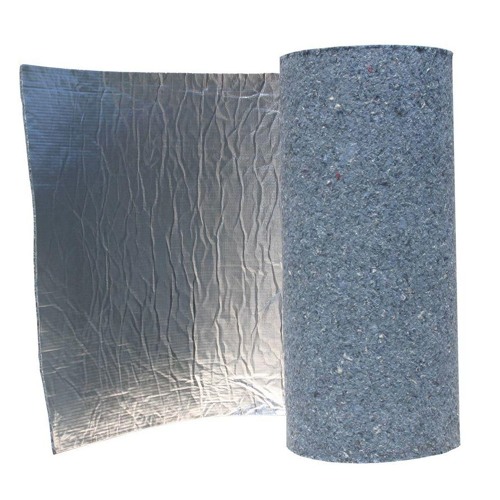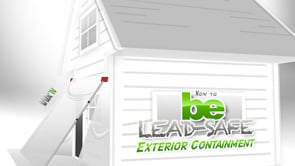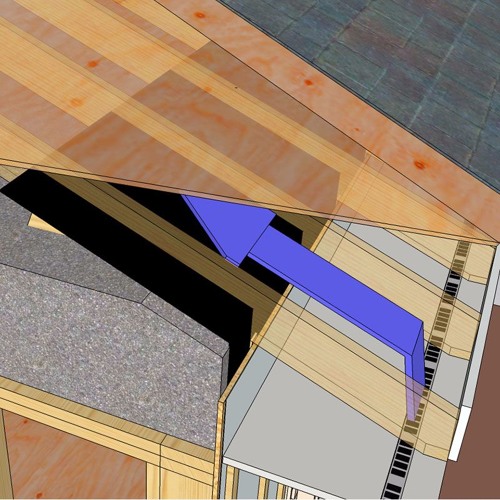The nuts and bolts of ducts and volts
This episode of WxTV is a technical short covering the basics of heating systems: appliances, sources, and distribution methods
Appliances generate heat in one of three ways
- Combustion
- Electric resistance
- Heat pump (refrigeration cycle)
Fuel sources vary with location:
Combustion appliances use natural gas, oil, propane, coal or wood. Electric resistance and heat pump appliances use electricity. Electricity can come from many places including coal and the sun.
Heat is transferred three ways
- Radiation: the appliance gets hot and radiates heat to its surroundings, (example: wood stove)
- Convection: when air around a heat source is warmed and rises allowing air around it to take its place. This is called natural convection. Adding a fan to the system is called forced convection.
- Conduction: movement of heat from inside the appliance to the outside through a heat exchanger.
Distributing heat from the appliance to the rooms:
- Forced air systems combine a blower, ducting, and a heat register.
- Hydronic heat moves hot water to living space through piping and a pump. Some type of device is needed to exchange the heat from the water to the room.
- Baseboard units rely on natural convection to heat a room
- Fan coil units rely on forced convection
- Radiators rely mostly on radiation with some natural convection.
- Hydronic floors rely on radiation and conduction.
—Thank you Montana Weatherization Center for doing such good work and sharing it with the crowd.











